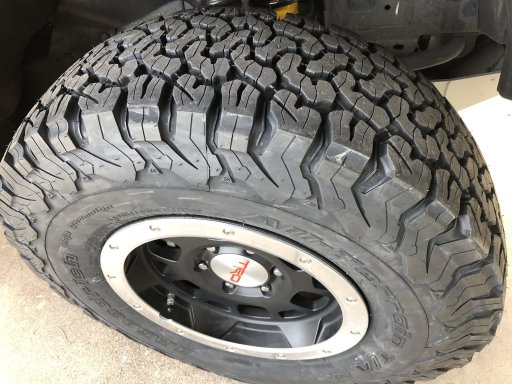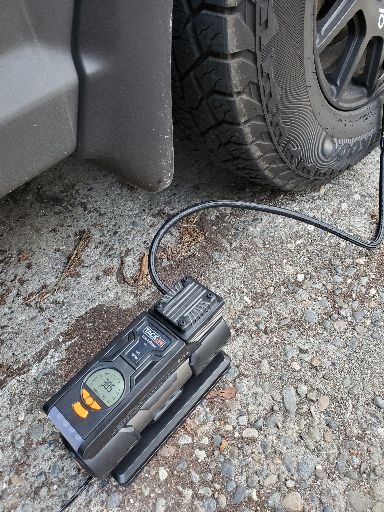
Enthusiast III
Trying to get a feel for what kind of numbers I should target for more comfortable off road exploring....
I’m in a AWD Honda Element on 235/70r16 hankook dynapro at2.... great mannered tire on road, didn’t take much of a mpg hit at all from stock 215/70on road tires.....
I’ve been running about 36 on highway... what should I air down to to get a better ride on our rocky forest roads here in WA? Lots of sharp volcanic rock and granite... trying to avoid a puncture at all costs really, though I did buy a compressor and plug kit!
im thinking.... 25? 20 even? What do you guys run?
I’m in a AWD Honda Element on 235/70r16 hankook dynapro at2.... great mannered tire on road, didn’t take much of a mpg hit at all from stock 215/70on road tires.....
I’ve been running about 36 on highway... what should I air down to to get a better ride on our rocky forest roads here in WA? Lots of sharp volcanic rock and granite... trying to avoid a puncture at all costs really, though I did buy a compressor and plug kit!
im thinking.... 25? 20 even? What do you guys run?







